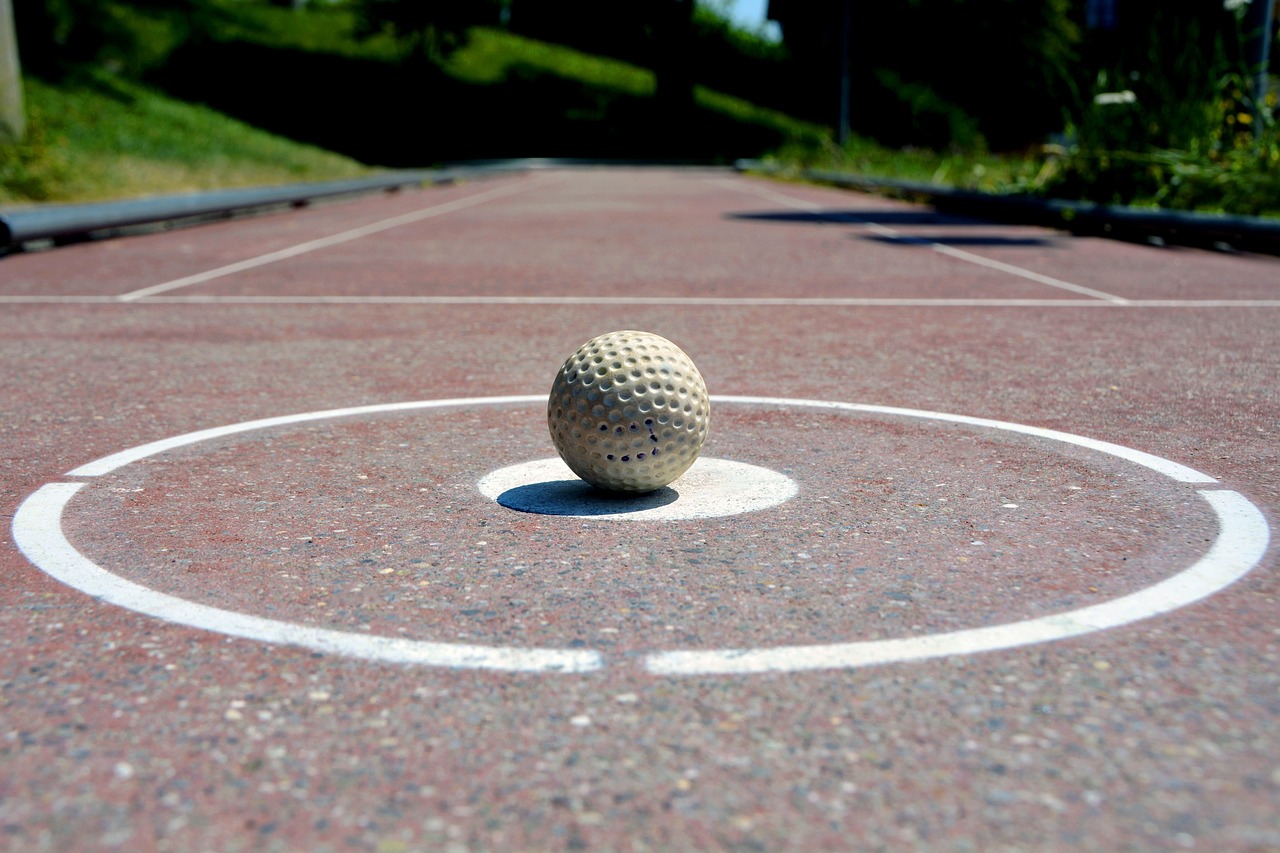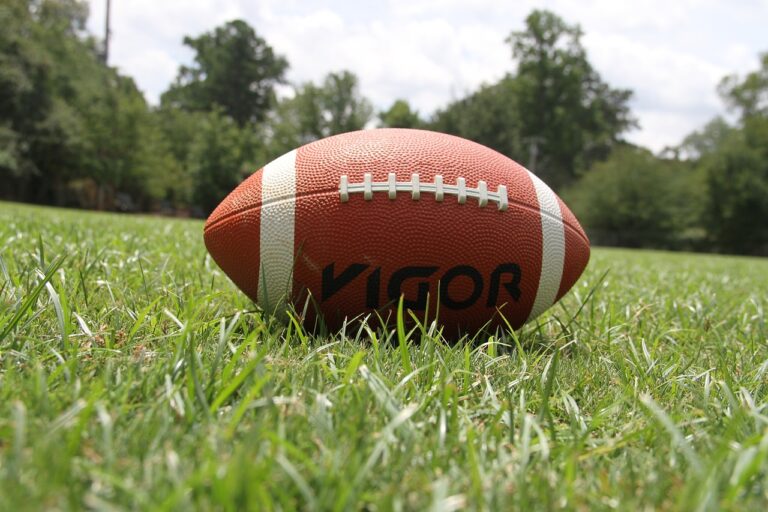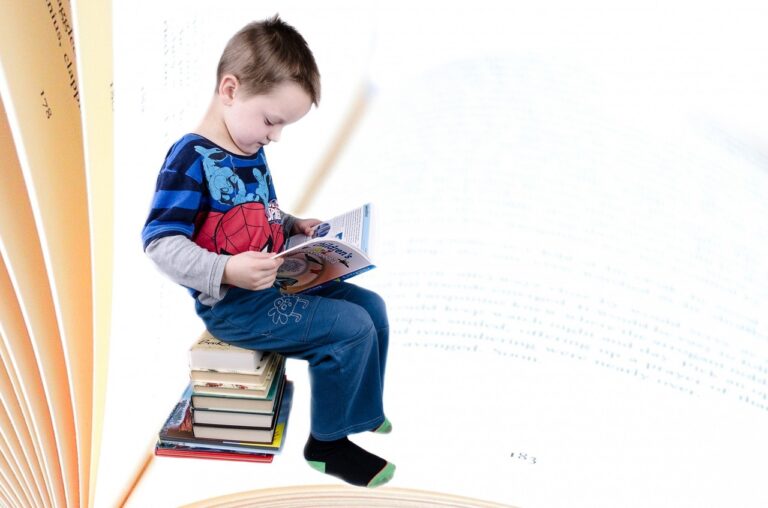Fostering Inclusive Practices for Students with Physical Disabilities
Students with physical disabilities face unique challenges in the classroom. From navigating the physical environment to accessing educational materials, there are many factors that can impact their ability to learn and succeed. However, with the right support and accommodations, students with physical disabilities can thrive in academic settings. In this article, we will explore ways to foster inclusive practices for students with physical disabilities, ensuring they have the best possible educational experience.
Understanding Physical Disabilities
Before delving into strategies for fostering inclusivity, it is important to have a basic understanding of physical disabilities. Physical disabilities can vary widely in terms of their cause, severity, and impact on an individual’s daily life. Some common types of physical disabilities include:
- Mobility impairments
- Orthopedic disabilities
- Cerebral palsy
- Spina bifida
- Amputations
Each of these disabilities can present unique challenges for students in the classroom. It is essential for educators and school staff to be aware of these challenges and be prepared to provide the necessary support and accommodations.
Creating a Supportive Environment
One of the key components of fostering inclusivity for students with physical disabilities is creating a supportive and accessible environment. This can include:
- Ensuring that classrooms and other school buildings are wheelchair-accessible
- Providing assistive technology and equipment, such as adaptive keyboards and voice recognition software
- Implementing inclusive seating arrangements to accommodate students with mobility impairments
- Offering a variety of sensory materials and resources for students with orthopedic disabilities
By making these accommodations, educators can help students with physical disabilities feel more comfortable and supported in the classroom, allowing them to focus on learning and participating fully in activities.
Adapting Instructional Strategies
Another important aspect of fostering inclusivity for students with physical disabilities is adapting instructional strategies to meet their unique needs. This can involve:
- Providing alternative formats for educational materials, such as braille or large print
- Using tactile learning materials to engage students with sensory impairments
- Offering extra time for completing assignments and tests for students with physical limitations
- Implementing universal design principles to ensure that all students can access and benefit from instruction
By tailoring instructional strategies to the specific needs of students with physical disabilities, educators can help them succeed academically and reach their full potential.
Building Supportive Relationships
Lastly, fostering inclusivity for students with physical disabilities involves building supportive relationships with them and their families. Communication between educators, students, and families is essential for understanding the specific needs and preferences of students with physical disabilities.
It is important for educators to:
- Listen to students’ concerns and feedback
- Collaborate with families to develop Individualized Education Plans (IEPs) where necessary
- Provide opportunities for students to participate in decision-making processes regarding their education
By building strong relationships with students and their families, educators can create a supportive and inclusive learning environment where all students feel valued and respected.
Conclusion
Fostering inclusivity for students with physical disabilities requires a collaborative and proactive approach. By creating supportive environments, adapting instructional strategies, and building strong relationships with students and their families, educators can help students with physical disabilities thrive academically and socially. With the right support and accommodations, students with physical disabilities can achieve their academic goals and reach their full potential.
FAQs
1. What are some common types of physical disabilities?
Some common types of physical disabilities include mobility impairments, orthopedic disabilities, cerebral palsy, spina bifida, and amputations.
2. How can educators create a supportive environment for students with physical disabilities?
Educators can create a supportive environment by ensuring that classrooms and school buildings are wheelchair-accessible, providing assistive technology and equipment, implementing inclusive seating arrangements, and offering sensory materials and resources.
3. How can instructional strategies be adapted for students with physical disabilities?
Instructional strategies can be adapted by providing alternative formats for educational materials, using tactile learning materials, offering extra time for completing assignments and tests, and implementing universal design principles.
4. Why is it important to build supportive relationships with students and their families?
Building supportive relationships is important for understanding the specific needs and preferences of students with physical disabilities, collaborating on Individualized Education Plans, and creating a supportive and inclusive learning environment.







